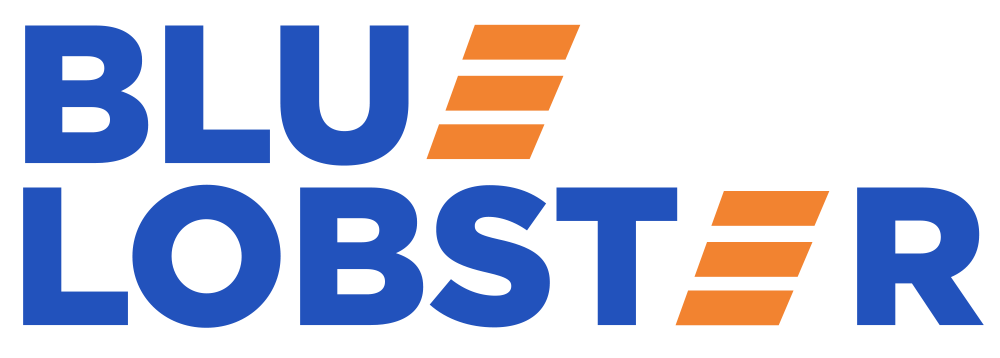Artificial Intelligence (AI) is reshaping industries, revolutionizing economies, and redefining human interactions. However, with great power comes great responsibility. The rapid development and deployment of AI demands a well-structured governance framework to ensure ethical, legal, and societal considerations are addressed effectively. An AI governance framework provides the principles, policies, and procedures required to oversee AI systems, mitigating risks while fostering innovation.
What is AI Governance Framework?
An AI governance framework is a structured set of guidelines, policies, and procedures designed to regulate the development, deployment, and usage of AI systems. It ensures that AI technologies operate in an ethical, transparent, and legally compliant manner while minimizing risks and maximizing benefits. The framework encompasses ethical considerations, regulatory compliance, risk assessment, and oversight mechanisms, helping organizations align AI initiatives with societal values and business goals.
Key Components of an AI Governance Framework
A robust AI governance framework typically encompasses the following key elements:
1. Ethical Principles and Guidelines
Ethical considerations should be at the core of AI governance. This includes:
- Transparency: Ensuring AI decision-making processes are understandable and explainable.
- Fairness: Avoiding biases in AI models to prevent discrimination.
- Accountability: Establishing clear responsibility for AI-driven decisions.
- Privacy and Security: Protecting user data and ensuring cybersecurity measures are in place.
2. Regulatory Compliance and Legal Frameworks
AI governance must align with existing regulations and anticipate future legal challenges. This involves:
- Adhering to GDPR, CCPA, and other data protection laws.
- Complying with industry-specific regulations (e.g., AI in healthcare or finance).
- Developing international standards to create a unified regulatory approach.
- Using an AI governance platform to automate compliance tracking and reporting.
3. Risk Management and Impact Assessment
Organizations must assess and mitigate AI-related risks through:
- Risk identification: Evaluating potential biases, errors, or malicious use cases.
- Impact assessment: Measuring AI’s effect on society, employment, and fundamental rights.
- Continuous monitoring: Implementing feedback loops to detect and rectify unintended consequences.
- Leveraging an AI governance platform to enhance risk assessment and mitigation strategies.
4. AI Transparency and Explainability
To build trust, AI models should be interpretable and understandable. This includes:
- Explainable AI (XAI): Developing models that provide insights into decision-making.
- Auditing mechanisms: Regular assessments to verify compliance and performance.
- User awareness: Educating stakeholders about AI limitations and capabilities.
5. AI Governance Committees and Oversight Bodies
Organizations should establish dedicated AI ethics committees or governance boards that:
- Oversee AI development and deployment.
- Ensure ethical guidelines are followed.
- Collaborate with policymakers, regulators, and industry experts.
6. Human-in-the-Loop (HITL) Mechanisms
AI should augment, not replace, human decision-making. A governance framework should:
- Keep humans involved in critical AI-driven decisions.
- Allow for human intervention when AI makes uncertain or high-stakes decisions.
- Prevent over-reliance on automated systems.
7. AI Sustainability and Societal Impact
AI governance should also consider environmental and social factors, such as:
- Reducing the carbon footprint of AI models.
- Addressing job displacement concerns through workforce reskilling programs.
- Promoting AI for social good (e.g., healthcare, education, and crisis management).
Global Approaches to AI Governance
Several countries and organizations are actively developing AI governance frameworks. Some notable initiatives include:
- The European Union’s AI Act: A risk-based regulatory framework categorizing AI applications by their potential societal impact.
- The OECD AI Principles: Guidelines emphasizing human-centric AI, fairness, and accountability.
- The U.S. AI Bill of Rights: A framework focusing on data privacy, bias mitigation, and human oversight.
The Future of AI Governance
As AI continues to evolve, so must its governance frameworks. Future trends may include:
- Dynamic and adaptive regulations to keep pace with AI advancements.
- Stronger international collaborations for cross-border AI governance.
- Decentralized AI governance models leveraging blockchain for transparency and accountability.
Conclusion
A well-defined AI governance framework is essential to harness the benefits of AI while mitigating risks. Organizations and governments must work together to establish policies that promote ethical AI development, regulatory compliance, and societal well-being. By integrating an AI governance platform into governance strategies, businesses can enhance accountability, transparency, and responsible AI usage. Balancing innovation with responsibility ensures AI serves humanity in a fair, safe, and transparent manner.






